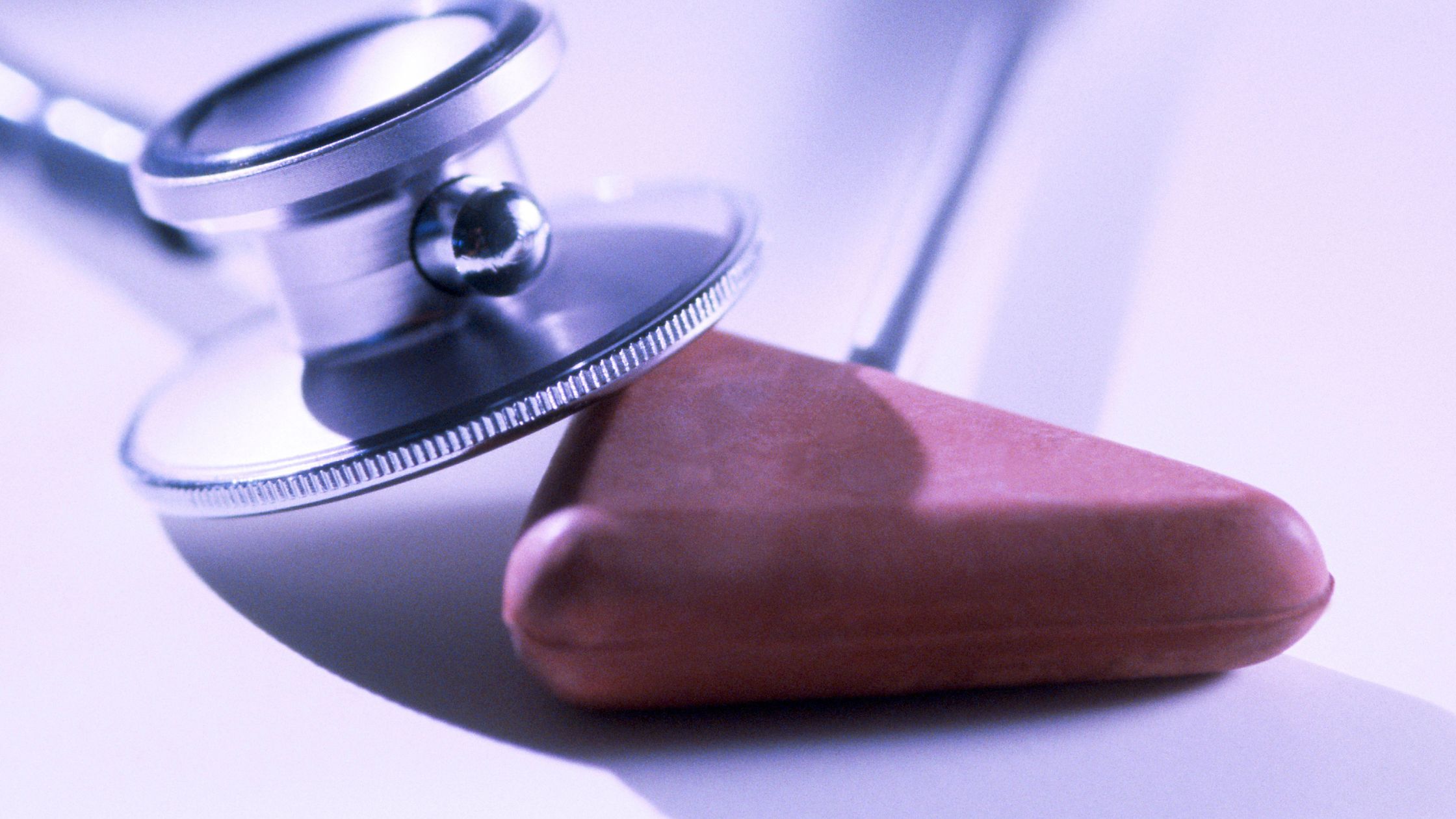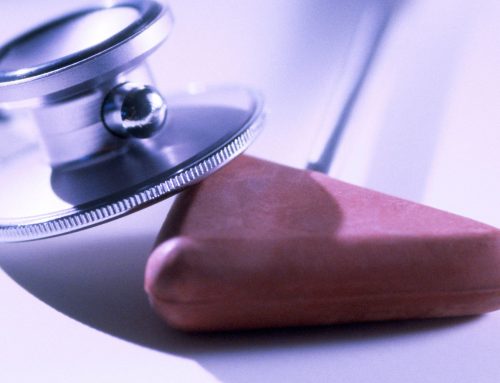The medical device industry is poised for steady growth, with global annual sales forecast to rise by over 5 percent a year and reach nearly US$800 billion by 2030. These projections reflect increasing demand for innovative new products like wearables as lifestyle diseases become more prevalent and economic development unlocks the vast potential in emerging markets such as China and India. Rubber offers the medical device manufacturing industry critical properties like flexibility, durability, and sterility, making it ideal for various medical applications. However, manufacturing rubber for medical purposes is filled with challenges. Manufacturers must maintain high-quality standards while navigating an array of regulatory requirements.
Here are the common challenges experienced in manufacturing medical rubber products and some strategies to address them.
Material Quality and Consistency
In medical device manufacturing, issues such as material impurities and inconsistent production profoundly affect the safety and efficacy of the products. Flaws in rubber material, even minor ones, can compromise the integrity of medical devices, leading to failures in critical applications. To combat these issues, a multifaceted approach to quality control is essential.
Implementing robust quality control measures includes establishing strict standards for raw material inspection and ensuring that every batch of rubber meets these standards before it enters the production process. Regular material testing helps to identify and rectify any deviations from quality early on. Advanced techniques such as spectroscopy and chromatography can detect even trace impurities in rubber materials.
In addition to stringent testing protocols, close monitoring of production processes is vital. This involves regular checks on machinery, calibration of equipment, and scrutiny of the manufacturing environment to prevent contamination. Employing state-of-the-art equipment and keeping it well-maintained ensures consistent quality in production.
Additionally, sourcing high-grade raw materials is a significant aspect of maintaining quality and consistency. Partnering with reliable suppliers who understand the specific needs of medical-grade rubber is key to upholding the highest quality standards.
Meeting Strict Regulatory Standards
Medical rubber products are also subject to stringent regulatory standards. These regulations evolve continuously in response to new scientific findings and technological advancements. Manufacturers must follow industry updates, participate in trade associations, and maintain open communication with regulatory bodies to stay ahead of changes. They must implement the standards into the manufacturing process through comprehensive compliance checks and regularly updating protocols to align with the latest regulations.
Training on regulatory changes is also crucial for medical device manufacturing staff. Timely training can keep employees informed about changing requirements and best practices. This helps create a knowledgeable workforce to identify and address potential compliance issues. Periodic internal audits assess the effectiveness of current compliance measures and identify improvement areas. They also prepare the company for external audits by regulatory agencies, reducing the risk of non-compliance and the associated penalties or product recalls.
Design and Customization Complexities
The design and customization of medical rubber products demand precision and customization. Achieving the specifications can be challenging due to the inherent variability of rubber as a material and the complexities involved in the design process.
Translating the requirements of medical professionals into tangible product designs is a primary challenge, often involving close collaboration with clients to understand their needs and constraints. Effective communication and a deep understanding of the applications for which the rubber products are intended are crucial.
Adopting flexible design processes is key to overcoming challenges. This includes utilizing advanced design tools and methodologies. Computer-aided design (CAD) software allows for accurate and detailed representations of the final product. 3D printing technology plays a significant role in prototyping, enabling manufacturers to produce prototypes for testing and validation.
Moreover, staying abreast of the latest product design and material science trends can provide manufacturers with innovative solutions to complex design challenges. This might involve experimenting with new rubber compounds or leveraging cutting-edge technologies to enhance product performance and functionality.
Cost Management and Efficiency
Balancing cost-effectiveness with high-quality production is a key challenge in medical device manufacturing. This balance is crucial as inefficiencies in production can lead to escalating costs, which impact the affordability and accessibility of medical products. Efficient cost management and maintaining a lean production process are essential strategies for manufacturers.
Identifying and eliminating wasteful practices within production is vital. This requires a thorough analysis of the manufacturing cycle to pinpoint areas where resources are not used optimally. Implementing lean manufacturing principles can help streamline processes, reduce waste, and enhance productivity, improving overall efficiency and reducing costs.
Investing in automation and modern manufacturing technologies also enhances efficiency. Automation reduces the reliance on manual labor, minimizing human error and speeding up production times. This improves the consistency and quality of the products and reduces labor costs. Additionally, adopting energy-efficient processes and regular equipment maintenance prevents costly downtime and production delays.
Keeping Up with Advancements
The medical device manufacturing industry is in a constant state of evolution, driven by technological advancements. Staying at the forefront of these developments and effectively integrating new technologies into existing systems is crucial for manufacturers to remain competitive and meet the ever-increasing demands of the industry. Keeping up requires continuous learning and adaptation and may involve investing in new equipment, upgrading existing systems, or experimenting with innovative manufacturing techniques.
Training staff to effectively use new technologies is essential. Regular development programs can ensure the workforce has the knowledge and skills to handle the changes. Integrating new technologies into existing manufacturing systems must be done in ways that minimize disruption. This could include a phased approach where new technologies are gradually introduced, allowing time for adjustment and optimization. It’s also essential to ensure that new technologies are compatible with existing systems and enhance, rather than complicate, the manufacturing process.
Embracing advanced material science can lead to developing new rubber compounds with improved properties, opening up new possibilities for innovative and effective products. Innovating and adapting to the industry’s ever-changing landscape is essential to enhance patient care and safety.
For more information about using rubber in your medical device manufacturing, contact MWRC for design assistance. Our expertise and commitment to quality enable us to help you make the right rubber choices for your products.



